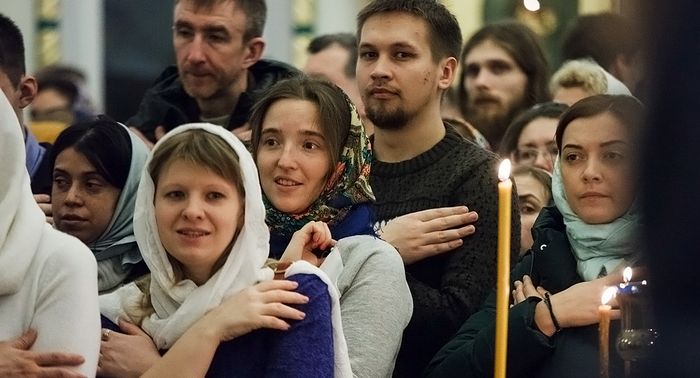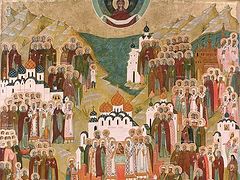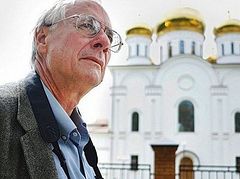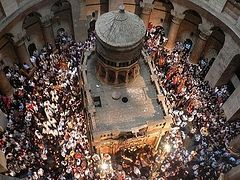Moscow, September 19, 2019
“The majority of our youth—63 percent—are believers,” commented the head of the Department for External Church Relations, His Eminence Metropolitan Hilarion of Volokolamsk, citing a VTSIOM survey, according to which only 37% of young Russians aged 18-24 consider themselves unbelievers, reports Foma.
“It’s another question how they believe? There are young people who are churched. There are young people who are seeking, who consider themselves believers but haven’t yet decided which religious community they should join,” Metropolitan Hilarion said.
According to the survey, only 16% of 24 to 34-year-old respondents consider themselves unbelievers.
“The percentage of believers increases with age—this is also a natural process, because coming to faith is very often associated with some kind of life experience, sometimes with a crisis, for example, the loss of loved ones, or with a difficult situation in the family, or health problems. The person begins to think about serious things, about the meaning of life and comes to faith,” His Eminence said.
In this regard, His Eminence wisely instructed that believers, both clergy and laity, must work more with young people.
“The most effective way to work with youth is when young people themselves work with them, when young people meet and communicate, both with believers and unbelievers. I have seen how the conversion of young people to the faith takes place, when they are brought by their peers to church,” he commented.
There are youth movements in many parishes throughout Russia, including at the Metropolitan’s Cathedral of the “Joy of All Who Sorrow” Icon of the Mother of God, where there is a youth club called Renaissance.
“It’s a group of about forty very active young people, young men and women, and about forty more people who seem to be closely interested, and come from time to time,” Met. Hilarion said.
These young people attend Divine services, after which they have tea together, chat, share their interests and problems, and go on pilgrimages together.
“Youth movements exist both on a Church-wide scale, on the diocesan level, and at the level of individual parishes,” Met. Hilarion summarized.
Matfey Shaheen




